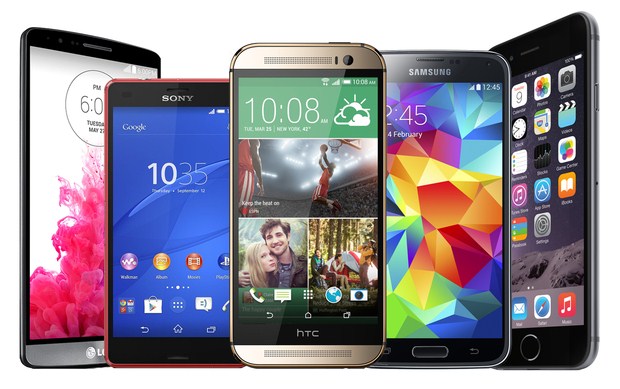The modern smartphone is a metaphorical giant oak tree of a technology the world has never seen before. With a wiz-bang camera, high-speed connectivity, touchscreen interface and millions of different apps available at our fingertips, we are lost for what the future holds.
To truly appreciate the design process of a smartphones, we only need to look at the source and limit of all features, the power unit of the phone: The battery.
Because this time, with power comes features and capabilities; the battery size ends up defining just about everything we know and love in a smartphone. The computational power of the CPU, the resolution of the screen, the pixel count of the camera, the available memory on the device and of course, the speed of the internet. Once the battery size is defined, and we know that the phone has to last 24 hours in use (we wish), consuming that battery available power becomes the single most important resource. In order to balance the power usage, we have features fighting each other; bigger CPU, will mean shorter battery life or slower things elsewhere or lower resolutions this or that.

Let's jump into the future, where real wireless power is as ubiquitous as Wi-Fi today, with your smartphone charging everywhere you go: home, car, office, coffee shop, airport gate or airplane (where I am writing this blog).
Suddenly, we realize that the phones don't need to charge, we are using our phones as if they are plugged-in into the wall, but without the wire of course. We get to consume limitless amount internet, watch videos and share our daily flower hand drawn on our latte with soy milk.
The smartphone designers are now let loose; they face other limitations, perhaps their imagination, as they grapple with the new powers (literally) that they have acquired. More computing CPU power, more RAM and more pixels on our cameras. Perhaps we will see greater intelligence built into our phones, maybe direct brain-machine interfaces. Perhaps the screen will also go the way of the floppy disk, as we now can see the metaphorical screen through contact lenses or chips implanted in our brains. We may never hunch over our phones – but that's a topic for another blog.
With continuous flow of power, we will need smaller batteries and this thinner phones, meaning more reliability and safety from those pesky exploding batteries we hear about every now and then.
Back to now, we see this fantastic revolution of our lives (ah) our devices has started already. Ossia has developed the first real, viable wireless power solution in the form of the Cota wireless power platform. Cota has been in development for over a decade, and has been shown to the public numerous times, prominently at CES 2016 and CES 2017.
Cota can power multiple devices at distances of several meters, is a safe and interference free technology that can keep your Cota enabled devices humming without stop. Ossia’s goal: relief the world from the burden of constantly charging or replacing batteries (or worry about doing having 5% remaining battery).
The impact of wireless power on devices extends way beyond the smartphone, think of smart watches that you can keep on while sleeping, monitoring your sleep and your health 24/7. Or ability to start using new devices at your home, without worrying about how to keep them powered.
I bet you that in ten years, you would go into your attic or garage and find some old disused devices, and to your delight, you discover that their batteries are at 100%, so nostalgia can kick in without the need to find the charger and cable.
Cota is one of the promising seeds of the future, being developed for and with the electronics giants and innovators. After all, “Mighty oaks from little acorns grow.” – A. B. Johnson






